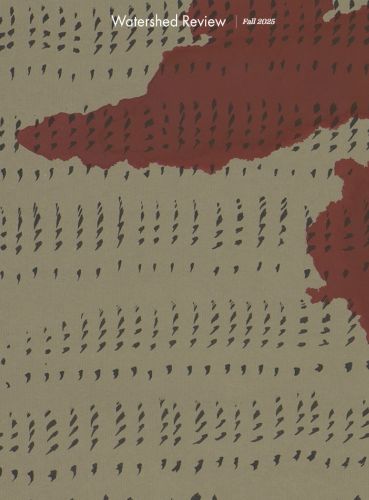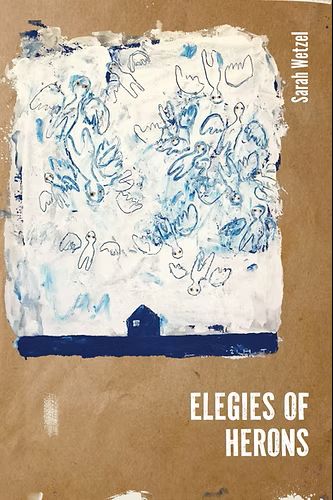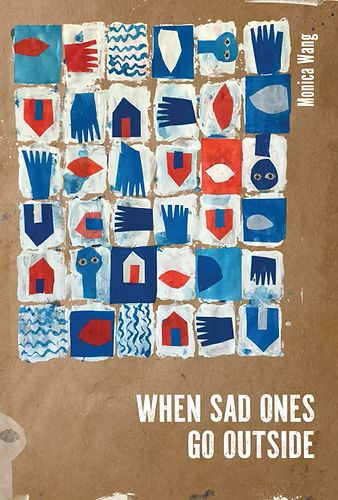Issue 6
Winter 2012
Quarterly 
Kirsten McIlvenna
After clicking on the man’s face and having him wink at me to enter the site, I knew Miracle Monocle had to be entertaining. I scrolled down and first read “The Importance of Not Losing One’s Head” by Adam Krause and instantly knew I had to review this magazine, even if it was just to mention this one microfiction piece. Short, it invokes a sort of black comedy as the character quite literally loses his head. But no worries, he pantomimes in the street as he looks for it. This doesn’t earn him his head, but he does receive a quarter. That’s all I’ll say; just go read it.
After clicking on the man’s face and having him wink at me to enter the site, I knew Miracle Monocle had to be entertaining. I scrolled down and first read “The Importance of Not Losing One’s Head” by Adam Krause and instantly knew I had to review this magazine, even if it was just to mention this one microfiction piece. Short, it invokes a sort of black comedy as the character quite literally loses his head. But no worries, he pantomimes in the street as he looks for it. This doesn’t earn him his head, but he does receive a quarter. That’s all I’ll say; just go read it.
And much to my pleasure, there was certainly more within the issue worth reviewing. Amira Pierce’s “The Model” is the sole longer fiction piece. It’s hard to tell quite what the story is about since it is hard to tell who the story is about. Written in third-person, the focus changes from Jacky, a nude model for art students, to her boyfriend Paul who is keeping a secret from Jacky about a girl he slept with while their relationship took a break, to Mustafa, an artist whose work is of a “decidedly erotic nature” and who has requested Jacky to be his newest model. In a mish-mash of views, the conflicts and worries collide into something that can only finally be called art.
Angie Mazakis’s poem “A Day at the Office,” chronicles the mundane of working at the office, moving boxes, sending emails, receiving faxes. But buried among these tasks is a fear of things in life that can hurt:
I spend a lot of the day rearranging
sharp objects so they’re not pointing
at me or someone else. Incidentally, one
other person at the office also has this phobia.
And the narrator even has a hard time looking at pictures of knives online at Williams Sonoma, because, after all, the knives are still pointing at someone across the office. The poem ends:
I add “Faxed something” to The Overarching
Timeline of My Life,
which comes after that moment I could finally
put the Chuck E. Cheese head on without gagging;
after slicing a thumbnail while cutting
bread for a carryout order and never finding it;
after watching the shoplifters pour DVDs into a shopping
bag shelf by shelf and run out the door;
after not getting to the windshields on the conveyer belt in time
and just watching each one crash and crash in waves
of glass on the ground, the sharp ends pointing
in the direction of all of us.
Holly Day’s “Comfort Food” isn’t the type of food at first you might imagine (for me: mashed potatoes, mac ‘n’ cheese, and a large bowl of mint-chocolate-chip ice cream). She talks about the comforts people find in the apocalypse, in God, in Heaven to “show an end to credit card debt, to war, / the confusion with our day-to-day ordinary lives / too wearily responsible to suicide.”
Also in this issue are poems by Mark DeCarteret, Keith Montesano, and Trent Nutting and a microfiction piece by Henry Walters. And, of course, art by the young, award-winning photographer Eleanor Leonne Bennett.
[www.miraclemonocle.com]




